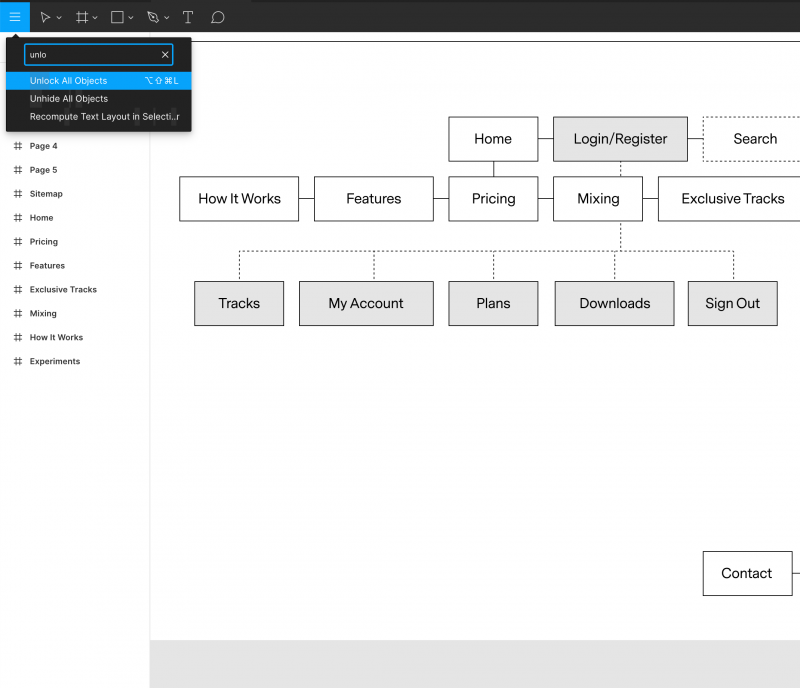Figma, Sketch and Framer — the big 3 in the interface design world have disrupted our industry more than any tech advent seen in this space that I can remember. We’ve tried each one in turn over the last 12 months and have finally settled on Figma for all digital design work. The learning curve was steep but quick to navigate and the pay-off was huge. The digital artwork we produce using Figma is neater, more grid-based, a better indication of the end result and much easier to hand over to developers. Simply put, we love Figma and welcome the arrival of this new generation of tools. However, there are some things that InDesign, Illustrator and Photoshop got dead right.
For the first 4 years of our studio’s life we used InDesign for digital/interface design, Photoshop for ‘photoshopping’, Illustrator for any vector work and After Effects for interaction design. We pretty much do the same these days with the exception of replacing InDesign with Figma. We tested Adobe XD, Sketch/Zeplin and Framer as well, but settled on Figma for reasons that might make another post. They were all much better suited to the nature of designing for screens, however whenever I open up InDesign to work on something going to print there are still a few shortcuts/tools that I wish made it to this brave new world.
The following features might well delight me just because of my personal way of working and may be symptomatic of habitual behaviours, in which case Twitter can tell me to do one, but I’m interested to know what our community thinks regardless. Here they are:
Directly access text layers
It seems that the days of simply pressing ‘T’ and directly editing text layers are gone. I miss this a lot. It made finding those objects easy and immediate but it seems that clicking when the text tool is active just creates a new layer these days.
Unlock all objects
Granted Figma lets you do this fairly easily by using its live search feature. Just press CMD + / and start typing ‘unl..’ and you’ll find it pretty quickly. Do this and you’ll also notice there is a shortcut for it, but it’s one of those long ones that uses keys you’ve never seen before and forces you to do some pretty weird finger gymnastics. InDesign’s ‘CMD + Option + L’ just feels so right.

Automatic image framing
Drop an image into InDesign and with a few easy shortcuts, you can either resize the mask or the image itself. I love this about InDesign, although when you first make the transition from using Photoshop for EVERYTHING to using InDesign for print/digital it can feel like everything you’ve ever known has been a lie. Figma, Sketch et al won’t assume you want a mask frame and you’ll have to go one extra step to get there. Admittedly it’s not a huge deal, I just don’t see the downside of giving an image a frame by default.
The magic of ‘W’
The charming magic of InDesign’s ‘W’ shortcut to show all your grids, guides and rulers will always leave me weak at the knees. Now it’s like there is a convoluted key combination for each of these things in turn and gone are the days of bringing up an overview of your work’s architecture with one key. I miss this. I miss it very much.
Display performance
Sure this can be a bit of a pain if you forget what setting you’re on but choosing to display heavy assets at a lower resolution for speedier navigation of your artboard is really bloody useful. I think Figma has a show outlines setting, a bit like Illustrator’s ‘CMD + Y’, but it’s a bit all or nothing – a median definition would be welcome here.
Text transform
InDesign handles resizing text really well. Hold command while you’re resizing text objects and voila, the text grows with the frame. Figma probably has the same functionality somewhere, but I’ve not found it. Oh, also – who remembers ‘CMD + >’?
Anyway, here’s to the Twitterati telling me all of this stuff is done by Figma and done better, it’s just that I haven’t learnt enough yet. If that is the case, I’ll be glad of it.